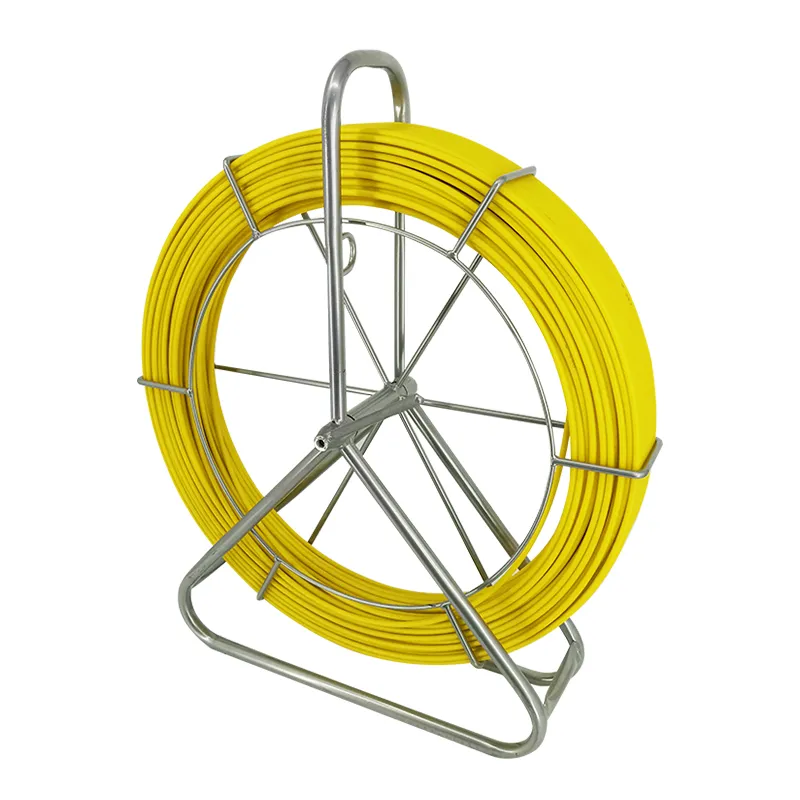
-
 Afrikaans
Afrikaans -
 Albanian
Albanian -
 Amharic
Amharic -
 Arabic
Arabic -
 Armenian
Armenian -
 Azerbaijani
Azerbaijani -
 Basque
Basque -
 Belarusian
Belarusian -
 Bengali
Bengali -
 Bosnian
Bosnian -
 Bulgarian
Bulgarian -
 Catalan
Catalan -
 Cebuano
Cebuano -
 Corsican
Corsican -
 Croatian
Croatian -
 Czech
Czech -
 Danish
Danish -
 Dutch
Dutch -
 English
English -
 Esperanto
Esperanto -
 Estonian
Estonian -
 Finnish
Finnish -
 French
French -
 Frisian
Frisian -
 Galician
Galician -
 Georgian
Georgian -
 German
German -
 Greek
Greek -
 Gujarati
Gujarati -
 Haitian Creole
Haitian Creole -
 hausa
hausa -
 hawaiian
hawaiian -
 Hebrew
Hebrew -
 Hindi
Hindi -
 Miao
Miao -
 Hungarian
Hungarian -
 Icelandic
Icelandic -
 igbo
igbo -
 Indonesian
Indonesian -
 irish
irish -
 Italian
Italian -
 Japanese
Japanese -
 Javanese
Javanese -
 Kannada
Kannada -
 kazakh
kazakh -
 Khmer
Khmer -
 Rwandese
Rwandese -
 Korean
Korean -
 Kurdish
Kurdish -
 Kyrgyz
Kyrgyz -
 Lao
Lao -
 Latin
Latin -
 Latvian
Latvian -
 Lithuanian
Lithuanian -
 Luxembourgish
Luxembourgish -
 Macedonian
Macedonian -
 Malgashi
Malgashi -
 Malay
Malay -
 Malayalam
Malayalam -
 Maltese
Maltese -
 Maori
Maori -
 Marathi
Marathi -
 Mongolian
Mongolian -
 Myanmar
Myanmar -
 Nepali
Nepali -
 Norwegian
Norwegian -
 Norwegian
Norwegian -
 Occitan
Occitan -
 Pashto
Pashto -
 Persian
Persian -
 Polish
Polish -
 Portuguese
Portuguese -
 Punjabi
Punjabi -
 Romanian
Romanian -
 Russian
Russian -
 Samoan
Samoan -
 Scottish Gaelic
Scottish Gaelic -
 Serbian
Serbian -
 Sesotho
Sesotho -
 Shona
Shona -
 Sindhi
Sindhi -
 Sinhala
Sinhala -
 Slovak
Slovak -
 Slovenian
Slovenian -
 Somali
Somali -
 Spanish
Spanish -
 Sundanese
Sundanese -
 Swahili
Swahili -
 Swedish
Swedish -
 Tagalog
Tagalog -
 Tajik
Tajik -
 Tamil
Tamil -
 Tatar
Tatar -
 Telugu
Telugu -
 Thai
Thai -
 Turkish
Turkish -
 Turkmen
Turkmen -
 Ukrainian
Ukrainian -
 Urdu
Urdu -
 Uighur
Uighur -
 Uzbek
Uzbek -
 Vietnamese
Vietnamese -
 Welsh
Welsh -
 Bantu
Bantu -
 Yiddish
Yiddish -
 Yoruba
Yoruba -
 Zulu
Zulu


Oct . 31, 2024 21:41 Back to list
Installing a Ground Rod for Effective Fence Electrical Systems
Understanding Fence Ground Rods Essential Components for Electrical Safety
In the realm of electrical wiring and grounding systems, the concept of a fence ground rod is a critical element that underscores the importance of safety and efficiency. Ground rods, often installed alongside fences, serve as vital conduits for electrical grounding, ensuring that any stray electrical currents are safely dissipated into the earth. This article explores the significance, installation, and maintenance of fence ground rods.
The Importance of Grounding
Grounding is a fundamental safety measure that protects both people and equipment. It involves connecting specific parts of an electrical system to the ground, which helps prevent electrical shock and equipment damage. Ground rods are essential because they provide a direct path for electrical surges or faults to discharge safely into the earth. This path mitigates the risks associated with lightning strikes, power surges, and other electrical anomalies.
Installation of Fence Ground Rods
When installing a fence ground rod, the first step involves selecting the appropriate materials. Ground rods are typically made of copper or galvanized steel, known for their durability and conductivity. A standard ground rod is about 8 to 10 feet long and should be driven vertically into the ground to ensure adequate contact with the earth.
fence ground rod

The installation process requires careful attention to local electrical codes and standards. Homeowners and electricians must ensure the rod is placed in a location that remains moist, as moist soil enhances conductivity. It is usually recommended to install the ground rod within a few feet of the fence to facilitate easy connections without sacrificing safety. Once the rod is installed, it is connected to the fence structure using a grounding conductor, which plays a crucial role in creating a low-resistance path for electricity.
Maintenance of Ground Rods
Proper maintenance of fence ground rods is essential to ensure their long-term effectiveness. Regular inspections should be conducted to check for corrosion, which can impair conductivity. If corrosion is evident, it may be necessary to replace or re-treat the ground rod. Additionally, ensuring that the area around the ground rod is kept clear of debris will help maintain its efficiency.
Moreover, testing the ground resistance periodically can provide valuable insights into the performance of the grounding system. A qualified electrician can conduct these tests to confirm that the grounding system operates within safe parameters.
Conclusion
In conclusion, fence ground rods are crucial for safeguarding against electrical hazards in residential and commercial settings. By understanding their significance, practicing proper installation techniques, and conducting regular maintenance, property owners can significantly enhance their electrical safety measures. Grounding systems, when properly installed and maintained, play a pivotal role in the overall functionality and safety of electrical installations, helping to prevent accidents and damages associated with electrical faults.
Latest news
What Are Construction Tools and How Are They Used?
NewsJul.11,2025
Professional-Grade Duct Rodding Tools for Superior Cable Installation
NewsJul.11,2025
Enhancing Safety and Efficiency with Modern Hot Stick Solutions
NewsJul.11,2025
Empowering Cable Installation with Advanced Rodder Solutions
NewsJul.11,2025
Elevate Your Cable Installation Projects with Cable Pulling Tools
NewsJul.11,2025
Efficient Cable Handling Solutions: Cable Rollers for Sale
NewsJul.11,2025











